Enclosed optics are becoming more popular for handguns. In today’s article, Justin Opinion takes a look at an affordable red dot option from one of the best known brands in firearms optics. The company provided the optic to the author for this review.
It’s interesting to think about the evolution of sighting systems on handguns over the years. Some changes certainly have been driven by need — or the desire to achieve better results, such as moving away from iron sights that were at one point actually forged as part of the slide.
Mounting sights into a dovetail cut was a big improvement; sights could now be drift-adjusted or even replaced. Rear sights that were index-adjustable then started to become more commonplace. Soon, painting the ramp of the front sight or adding a bright colored insert was the next step. Technical advancements led to the tritium inserts that are so common today, make the front sight visible even in complete darkness.
In just the past few years, electronic optics (or “red-dot” sights) have gone from being occasionally seen on someone’s custom race gun to a normal, even expected component of one’s loadout. I recently attended a championship-level match where, out of over 100 competitors, I felt I could count on one hand the number of pistols without a red dot.
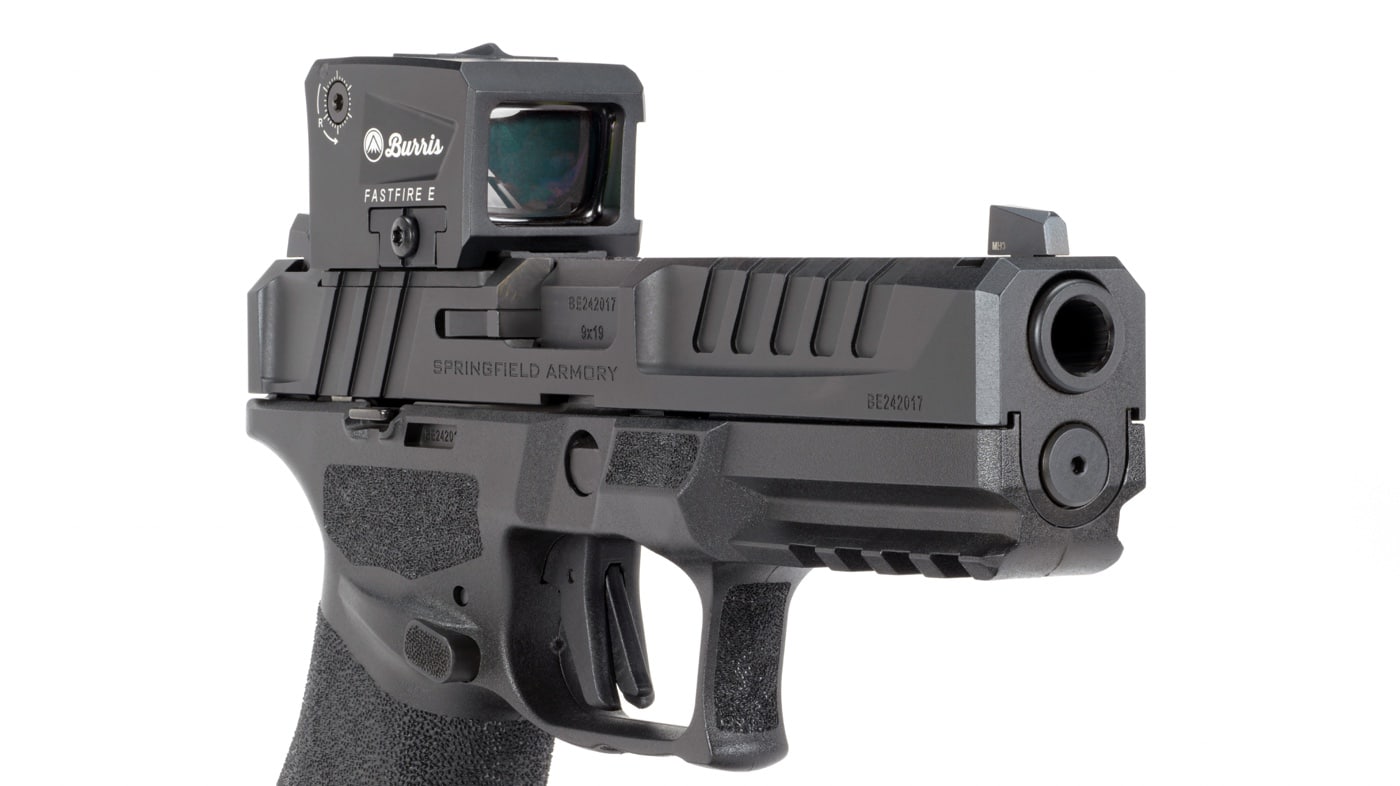
Driven by innovations responding to consumer demand, this technology is advancing rapidly. This is in large part due to the accommodations of handguns that are pre-cut to accept the electronic units. The poster child of this movement is, in my opinion, the Springfield Armory Echelon. Its revolutionary approach to optics compatibility remains unmatched in production handguns. I’m always looking for different style optics to mount on my Echelon — because I can. Which leads me, at long last, to the subject of this review: The new Burris FastFire E!
Built for Hard Use
This new reflex red dot optic brings the benefits and reliability of the Burris FastFire system into a robust unit that’s practically environment-proof. Burris has been making red-dot optics technology available to us for a very long time, so they know their way around this technology. The first electronic sight I ever purchased — many, many years ago — was a Burris. For me, the FastFire name has meant affordable quality optics for a long time. The “E” designation signifies the addition of a fully enclosed sight design to the line-up. The concept behind an enclosed optic is that it protects the electronics against dust and dirt as well as moisture. With a fully enclosed system such as the Fastfire E, everything is sealed away from the elements. Even with the best “weatherproof” open red dots, it usually means the tiny projection lens is vulnerable to obstruction or damage. Not so with an enclosed unit.
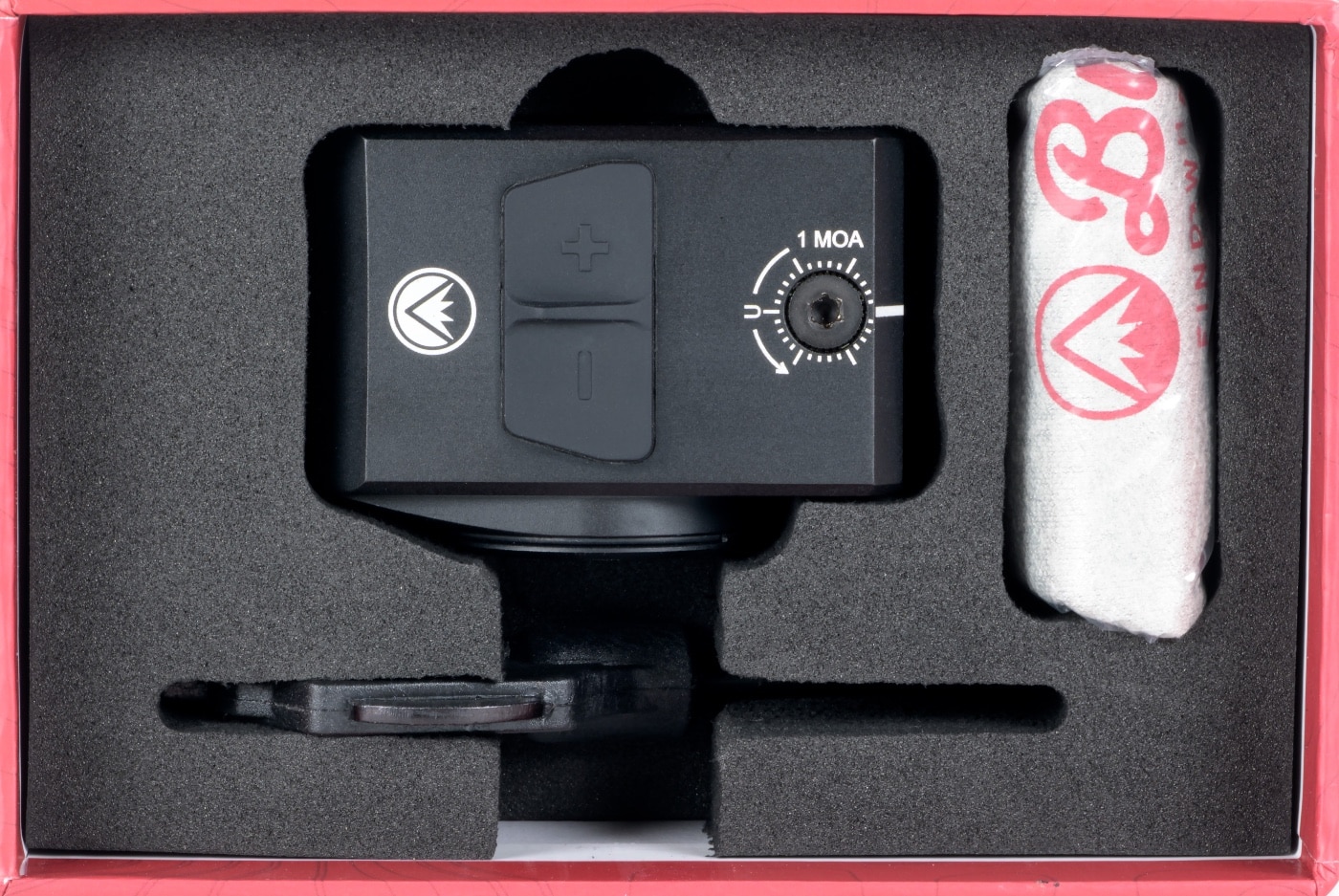
The Burris FastFire E housing is machined from 7075 aluminum, which means it is tough and durable. It can handle the bumps and recoil of serious use that duty or competition dish out. The aiming dot is available in red or green (red was tested here) and is 3 MOA in size. Sighting adjustments are 1 MOA for simplicity and easy calculations. The adjustments for elevation and windage are easily made with the included multi-tool or any T10 driver (more about this later). The range of available adjustment is 100 MOA for both windage and elevation.
Like all standard red-dot optics, the lenses are parallax-free and non-magnified (1x). The sight window measures 0.87” x 0.67” for a compact yet ample viewing area. The FastFire E has a total of 10 brightness settings: eight daylight and two for night vision. The reticle is designed to remain on full-time so that it’s always ready when you need it. It can be easily powered off for storage or longer periods in inactivity.
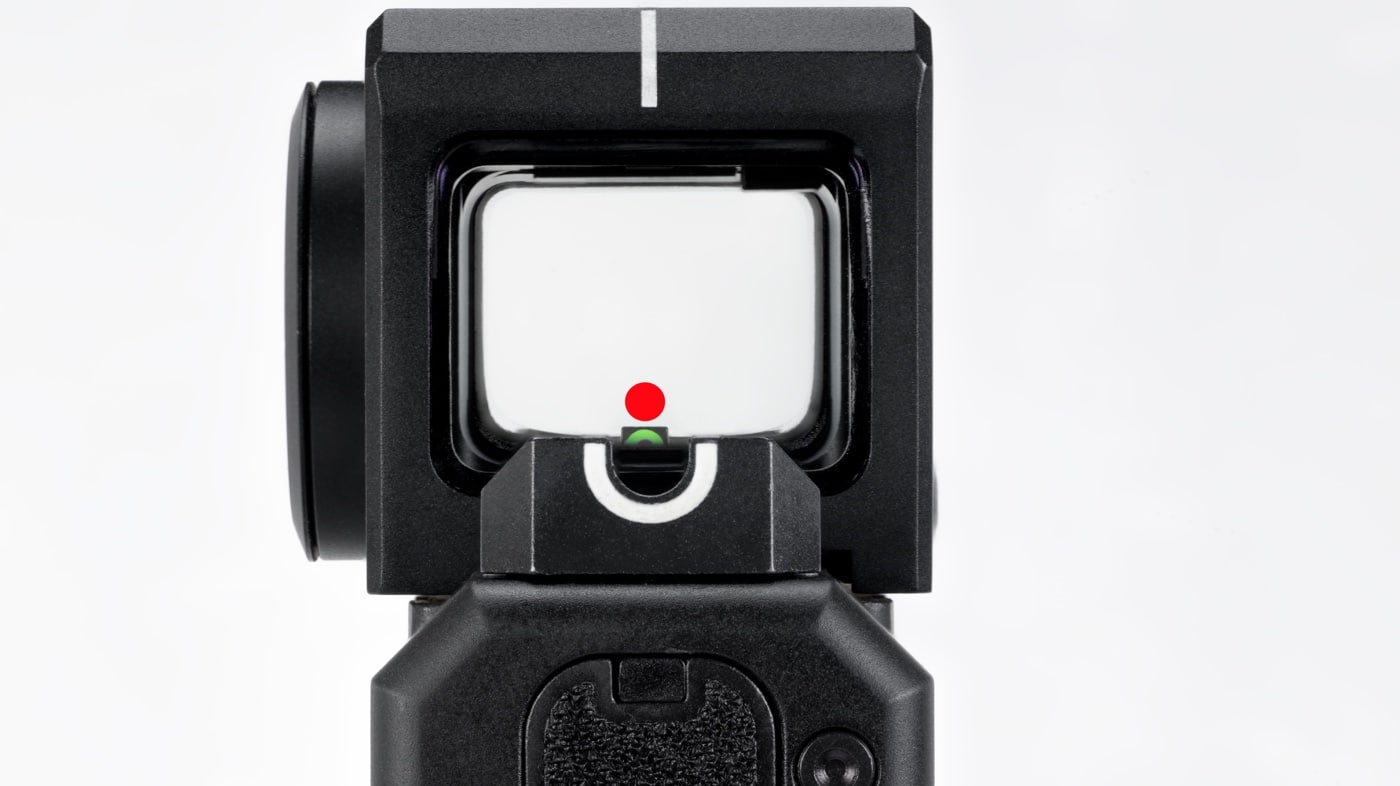
When left on, the FastFire E reticle will automatically reset to a setting of #7 brightness (#6 for the green dot version) after 13 hours since the last adjustment. This feature means that a duty gun that might have been adjusted down in brightness for some indoor target practice and then stored for the night will be set to “normal” brightness when duty calls the next day. A nifty feature. It can be disabled, if so desired — in case you want the current setting to remain as-is.
There is also a button lockout feature that will put the FastFire E into a tamper-free mode that prevents any adjustments. This could be useful for match shooters and on-duty users alike, where inadvertent bumps might cause unwanted changes to your settings. When it’s powered on, it will revert to the brightest setting. Battery life is estimated at 60,000 hours with the medium power setting.
The Details
The FastFire E measures 1.81” x 1.42” x 1.26” and weighs 2.45 oz. By their nature, fully enclosed optics are a bit heavier than their open counterparts. This might be a consideration when paired with a finely tuned race gun that is combined with low-power match ammo — something to test if you fit that description. That said, the Echelon with the ACRO adapter plate and the FastFire E had no problems at all with factory ammo.
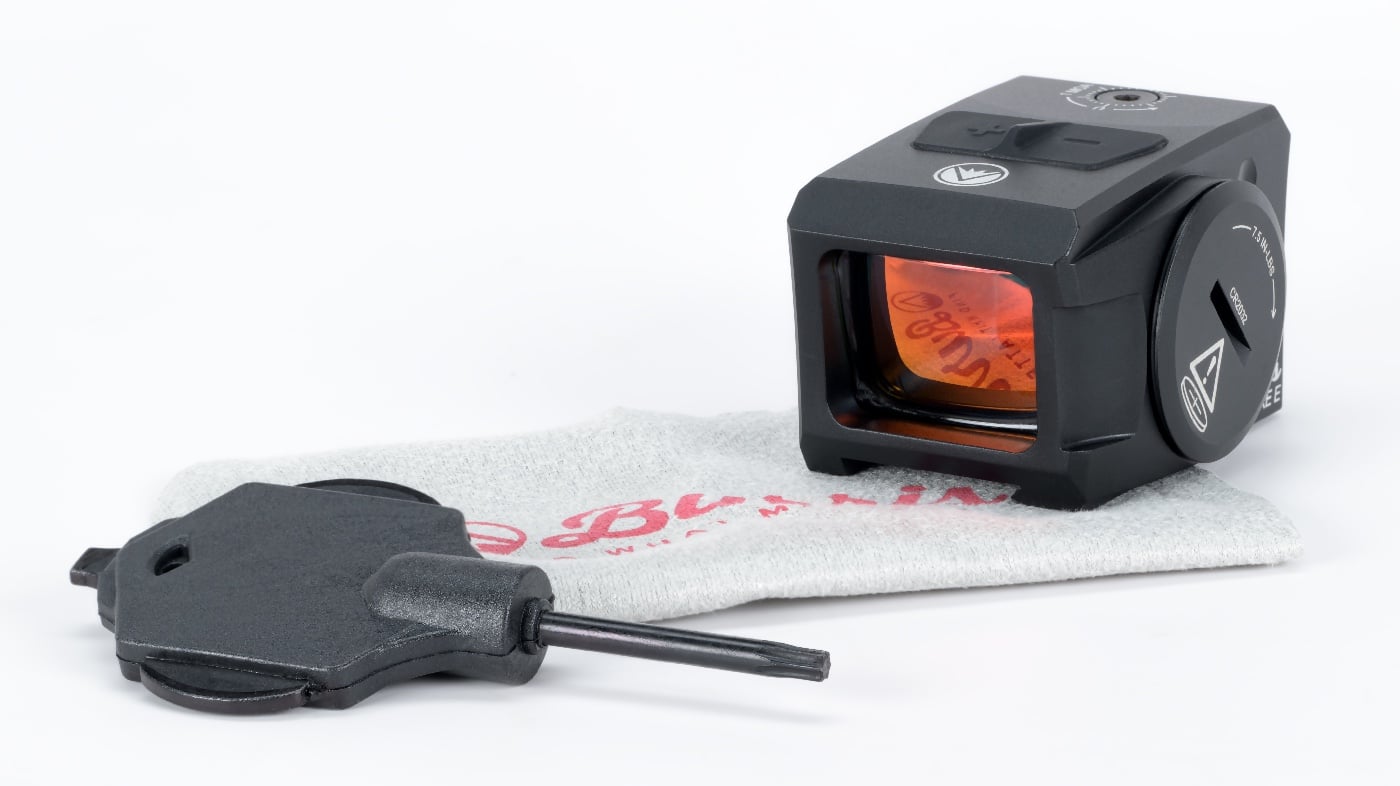
Because the enclosed units cannot be fastened in the same manner as open red-dots where the mounting screws go straight down through the housing, Burris uses the ACRO footprint for the FastFire E. This means it mounts using a side-tightened clamp similar to those used to attached devices to Picatinny mounting points.
The use of the ACRO rail plate means that the sight sits a bit higher on the Echelon than optics that mount directly using the pistol’s brilliant Variable Interface System system. However, I was pleased to see that the FastFire E does co-witness with the standard Echelon sights — a matter of importance to me for any optic. Should a battery die or some failure occur during use, the iron sights can easily be used as back-up. This also makes initial sight-in much easier, allowing you to place the red dot on top of the front sight like a ball on a tee.
Often, it is what you don’t find in the spec sheet of a device that can make or break it in terms of usefulness — the feel of the controls and the ergonomics of their placement. Also, how easy it is to operate the unit while at the firing line. Ease of mounting/dismounting, and ease of sight-in adjustments. In all of these categories, I found the Burris FastFire E to excel. Hey, maybe that’s what the “E” really stands for!
Turning the unit on or off is easy and intuitive. The -/+ buttons on the top of the housing are large, soft-touch rubberized controls with a raised nub that separates the two functions and helps you find it quickly. Pressing either side with a single press will power on the unit if it is off. Pressing and holding the “-” button for three seconds does a hard shutdown. The raised nub helps you know which button you’re pressing even without looking, and is easy even for a gloved hand.
Range Testing
I tested the Burris FastFire E mounted on the Springfield Armory Echelon at the range with a couple hundred rounds of standard 9mm ammo. During that testing I adjusted the reticle brightness a few times as lighting conditions and shooting distances changed.
I came to quickly appreciate the ease of use of this optic for on-the-fly adjustments. The soft top buttons are instantly located without taking my eyes off the sight picture. Adjustments up or down by single presses is also intuitive and simple. I fine tuned my zero using the provided T10 multi-tool — another simple process. Even after a couple hundred rounds fired, I was surprised to see very little fouling of the front lens of the optic. It seems the Echelon and FastFire E are well-suited in preventing the escaping gases from the ejection port from finding a home there.
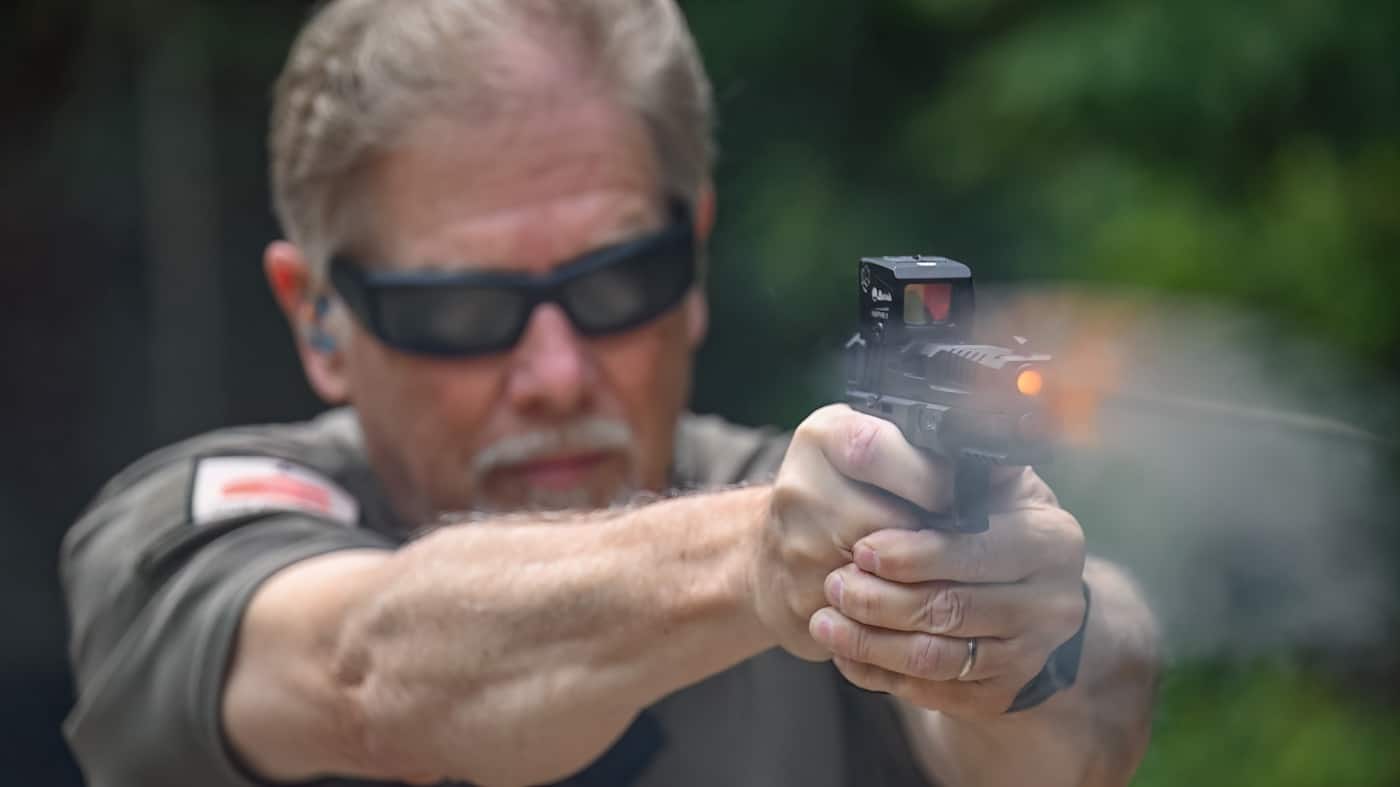
Changing the battery is a simple process. The included multi-tool makes quick work of loosening or tightening the battery cover, which is easy to access on the left side of the housing. The FastFire E uses the ubiquitous CR2032 battery that can be purchased anywhere.
Speaking of the multi-tool, one of my favorite features of the Fastfire E is that it uses a T10 driver for everything. I don’t know that I could over-emphasize how much I love this. From mounting the sight on the ACRO plate to making the 1-MOA adjustments, the T10 does it all.
I have a difficult time making adjustments to some optics using the micro-flathead type slots. It’s hard to find the slot while staring at the dot and holding the gun still in a rest — and they all seem to have a slightly different-sized slot that my driver slips out of too easily.
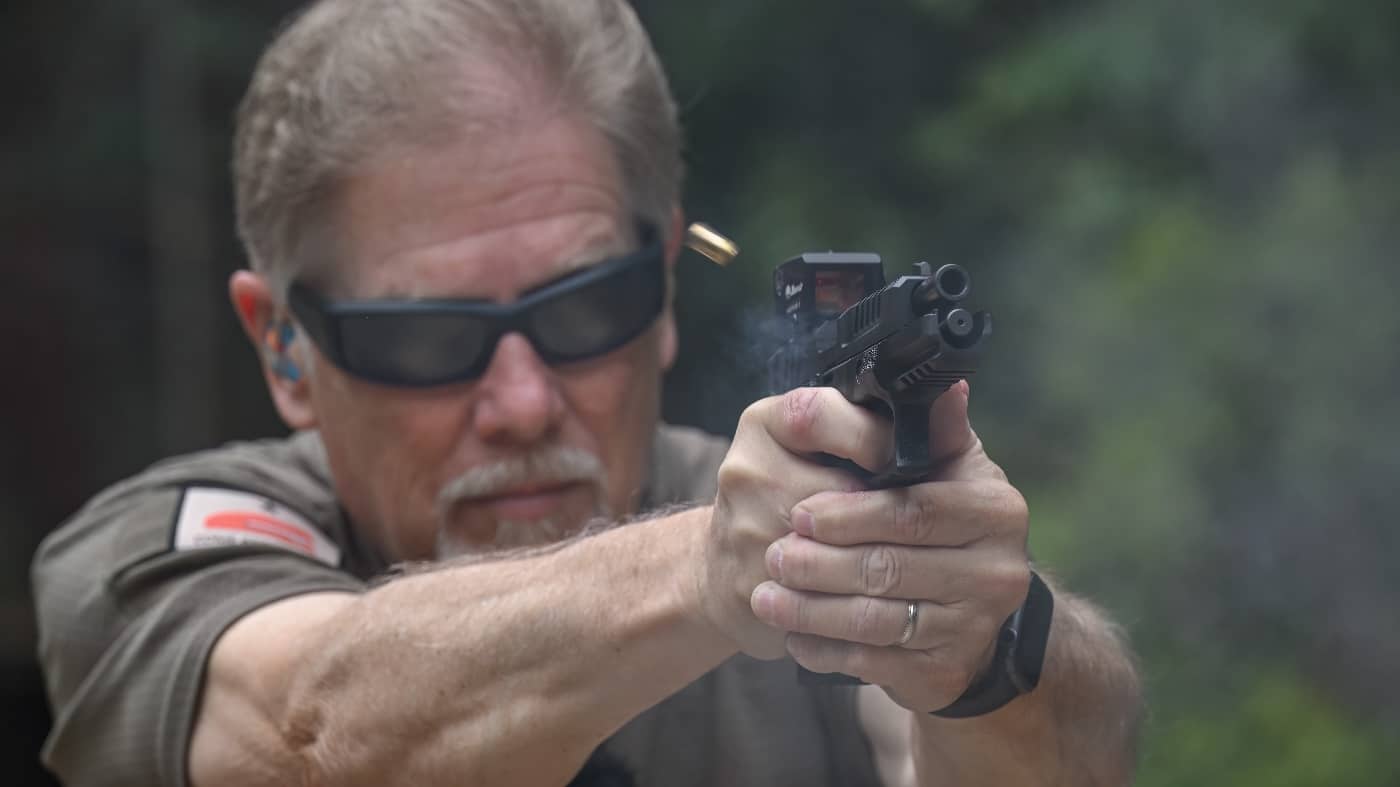
The Torx fitting is ideal because it’s simple to seat the tool into, and it stays put for easy adjusting. Making it T10 size was genius — the most common size used for so many applications. Further extra credit to Burris for clearly marking the torque requirements at each connection point: one for mounting the unit, and one for the battery compartment cover.
Conclusion
With the FastFire E, Burris has made a statement that it is a serious player in the electronic optics marketplace. This fully enclosed red dot is built tough and should be able to handle all the punishment that serious users might encounter.
Materials are top quality, and the workmanship of construction is excellent. The many aforementioned ergonomic and functional extras added a lot of points for me. It’s clear that this sight was designed by people that know something about range time and running red dots.
Editor’s Note: Please be sure to check out The Armory Life Forum, where you can comment about our daily articles, as well as just talk guns and gear. Click the “Go To Forum Thread” link below to jump in and discuss this article and much more!
Join the Discussion
Featured in this video
Read the full article here





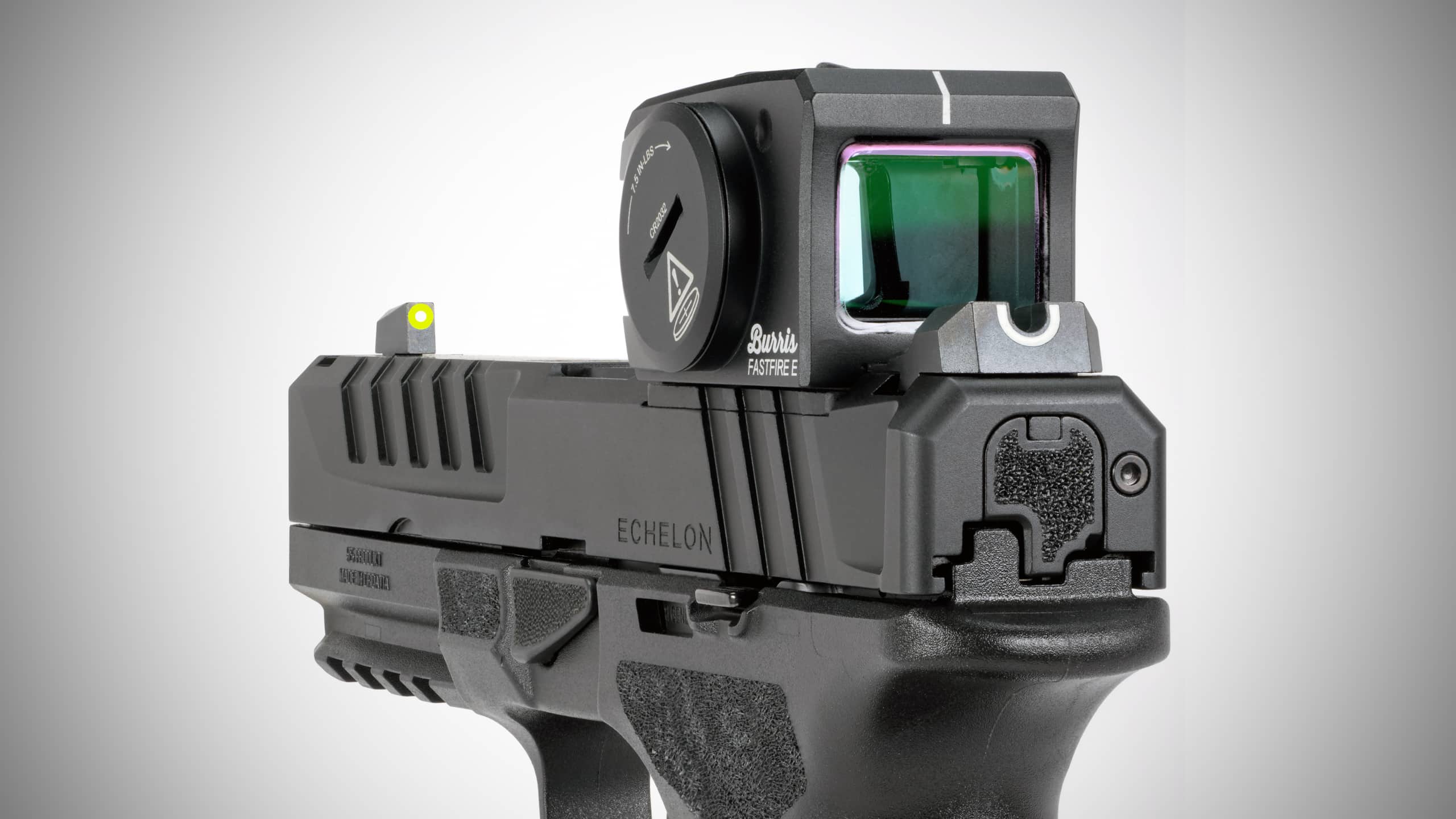
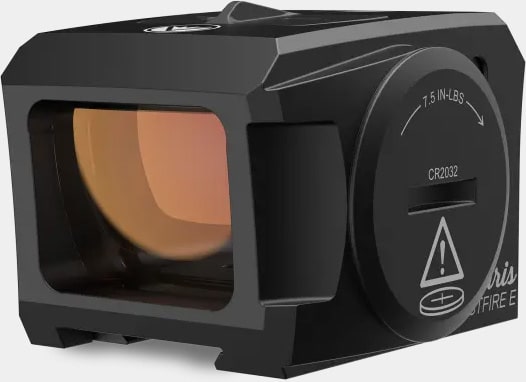
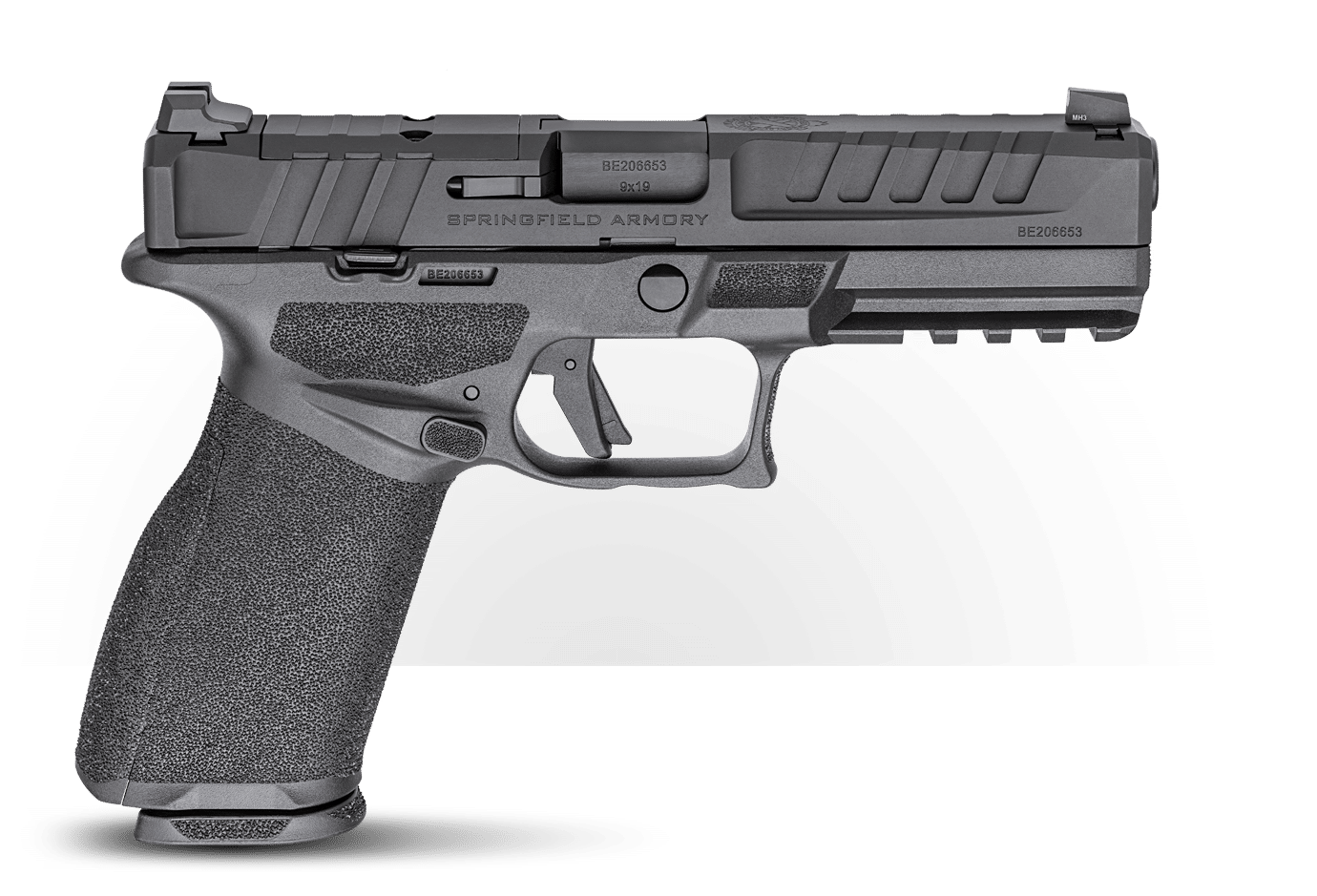
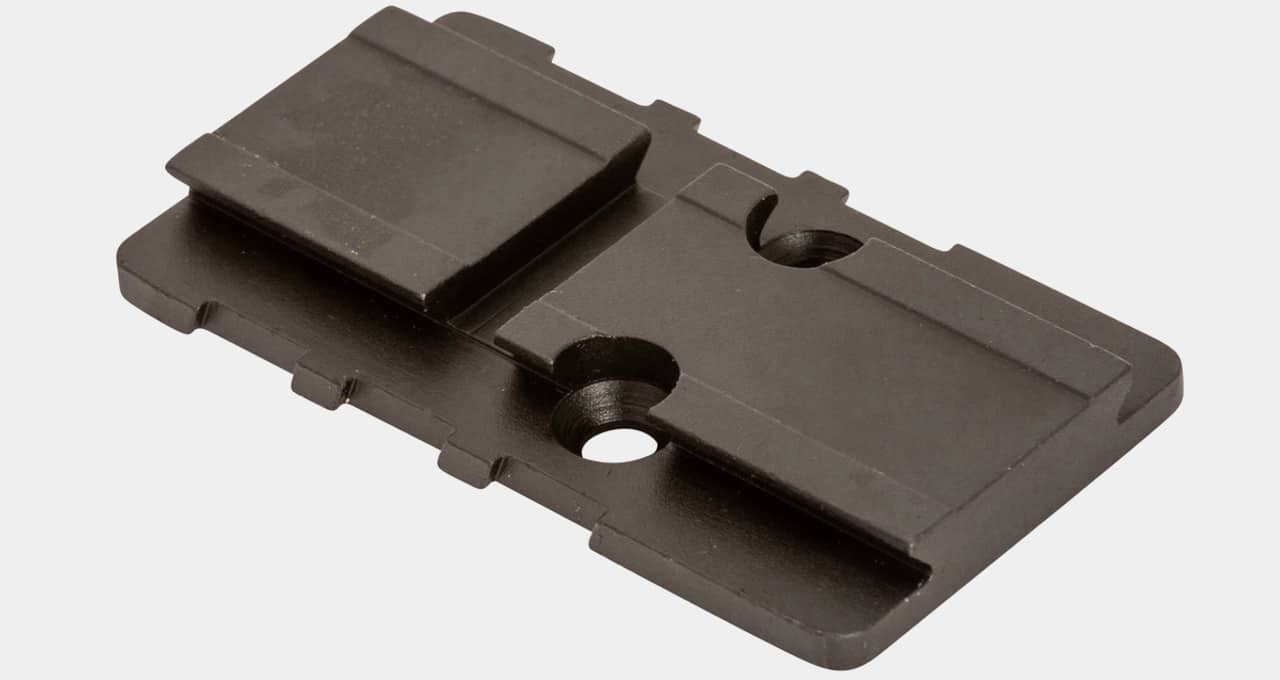
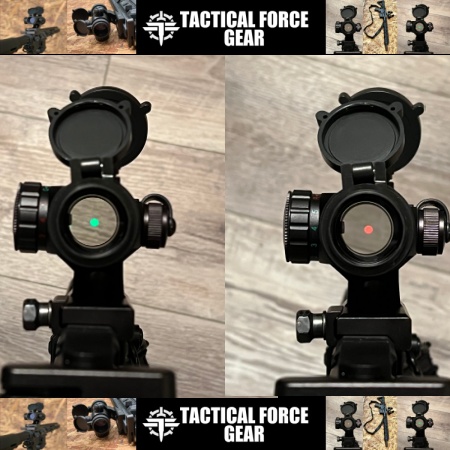


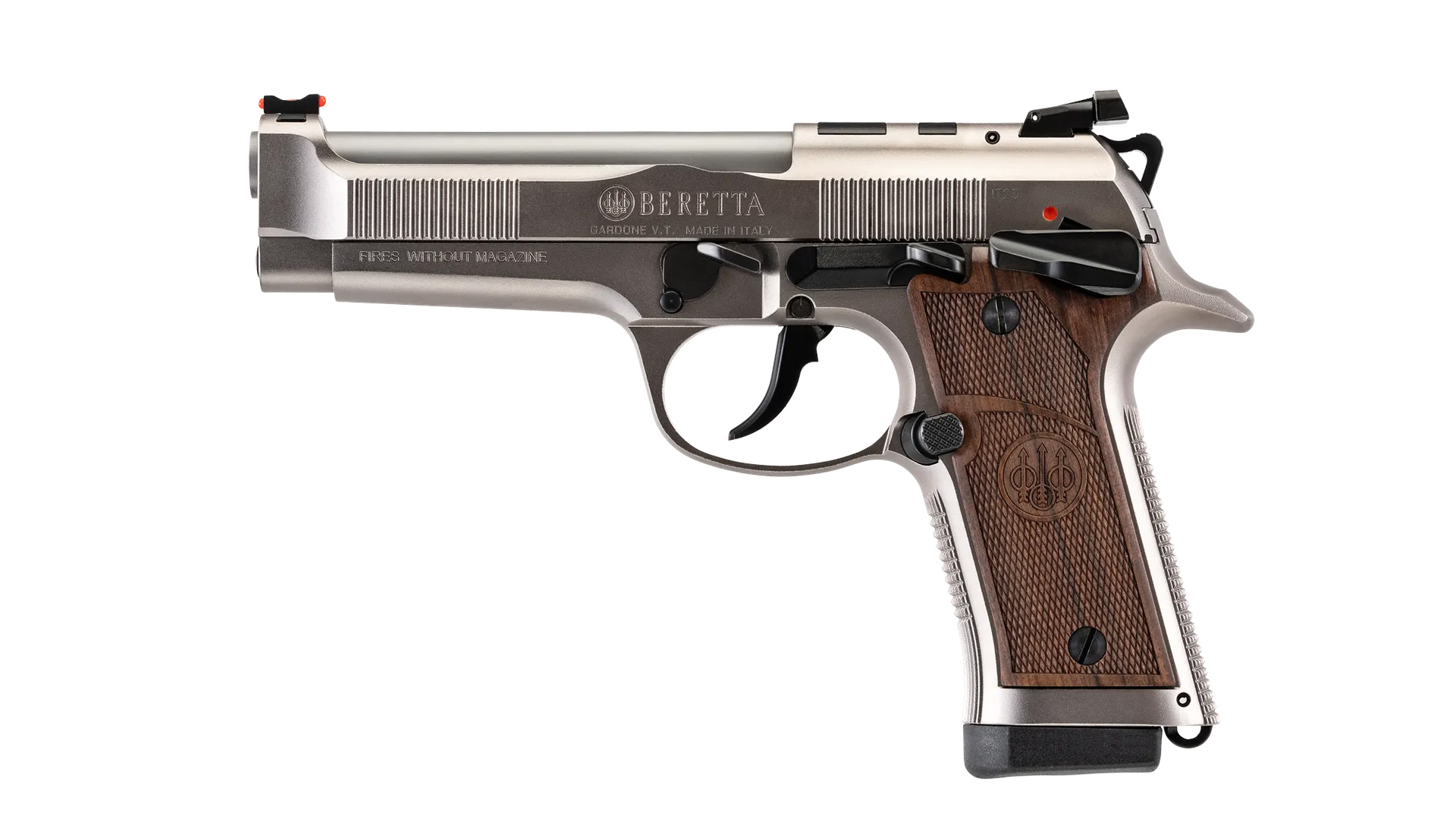
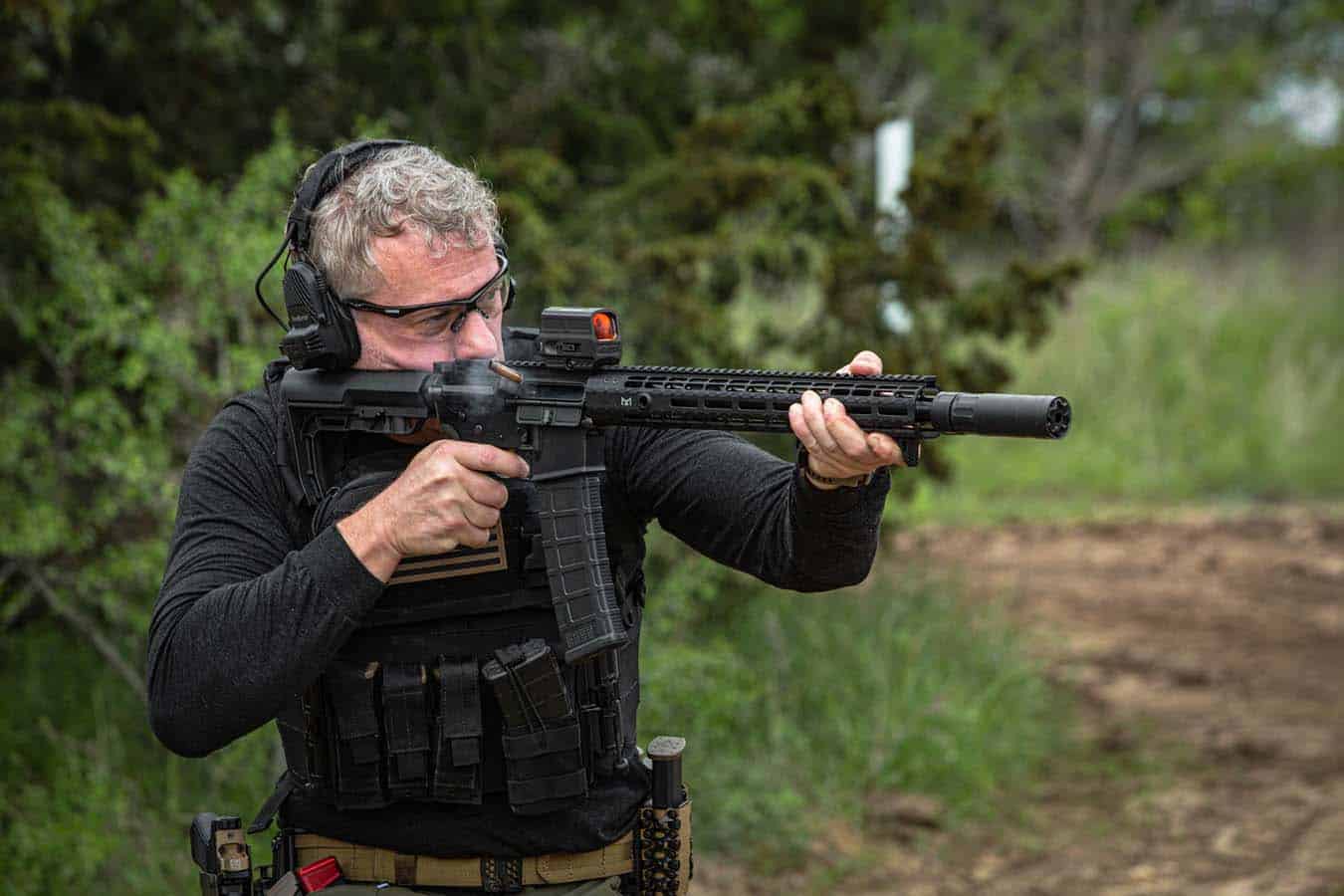
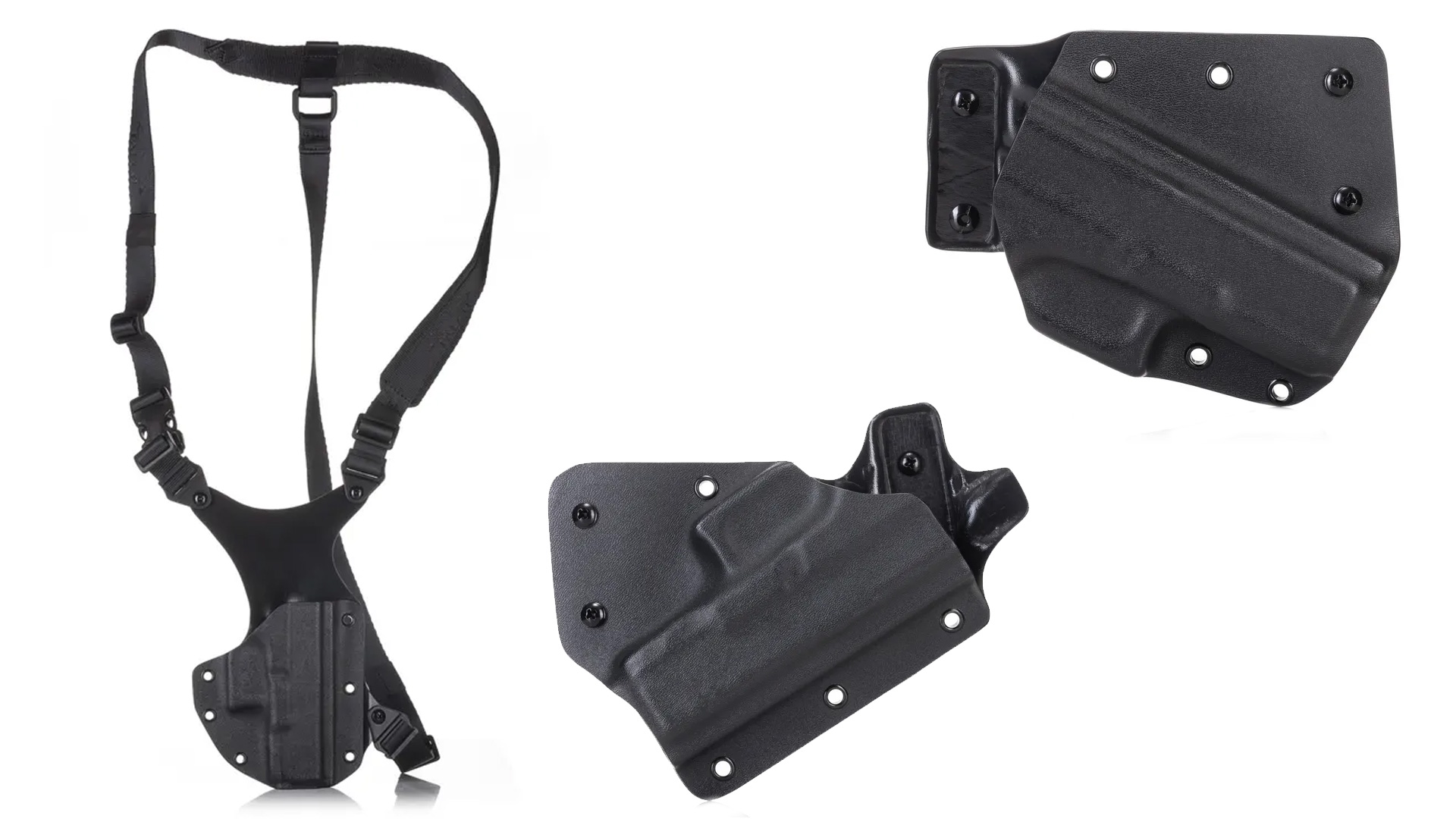

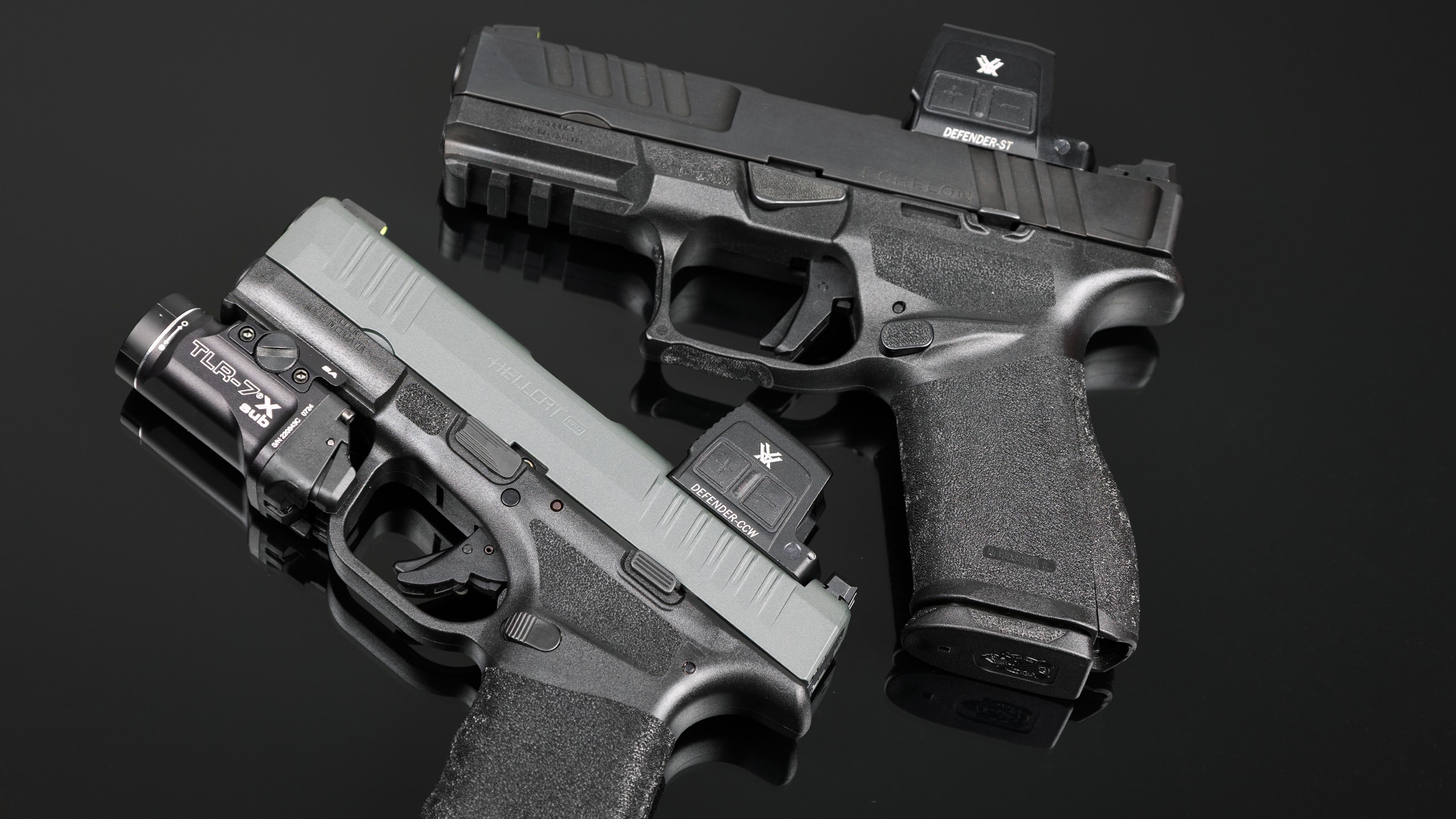

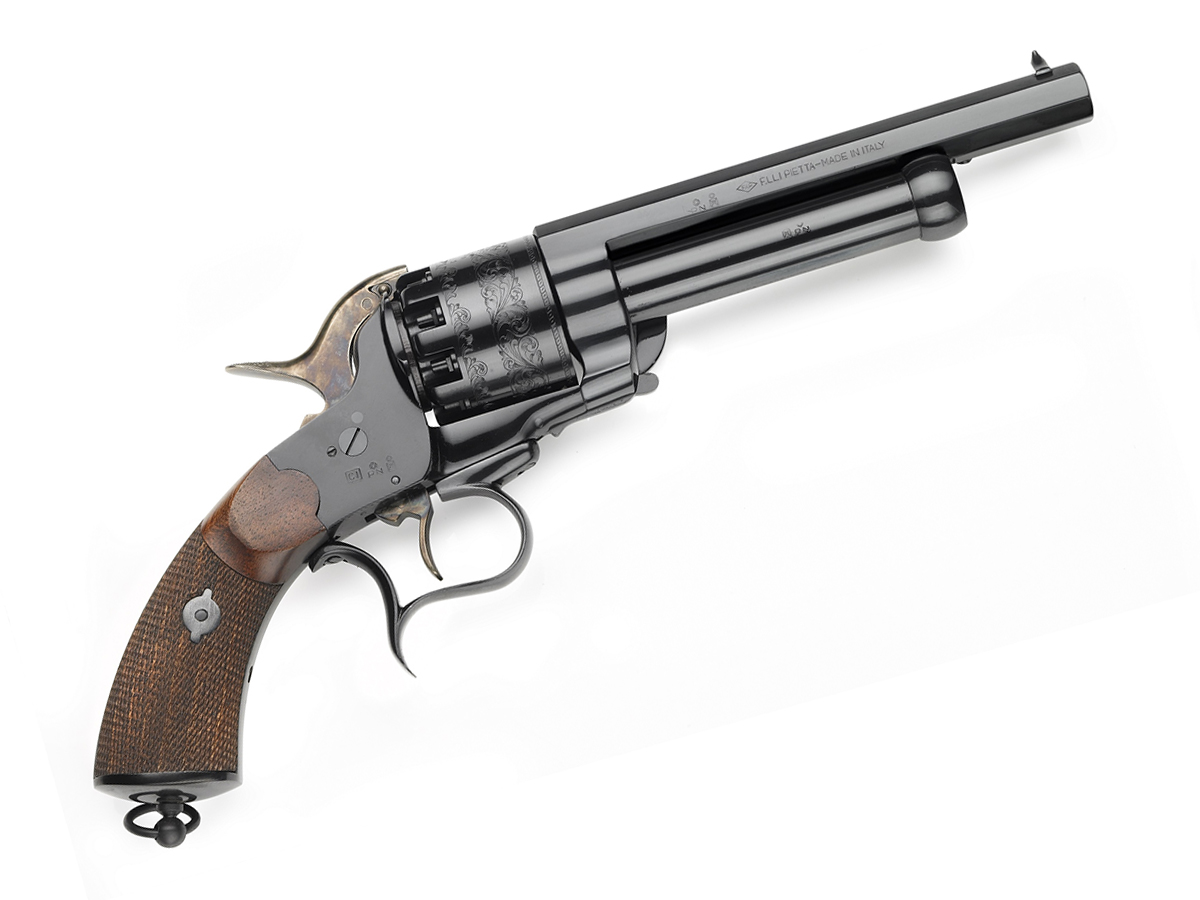
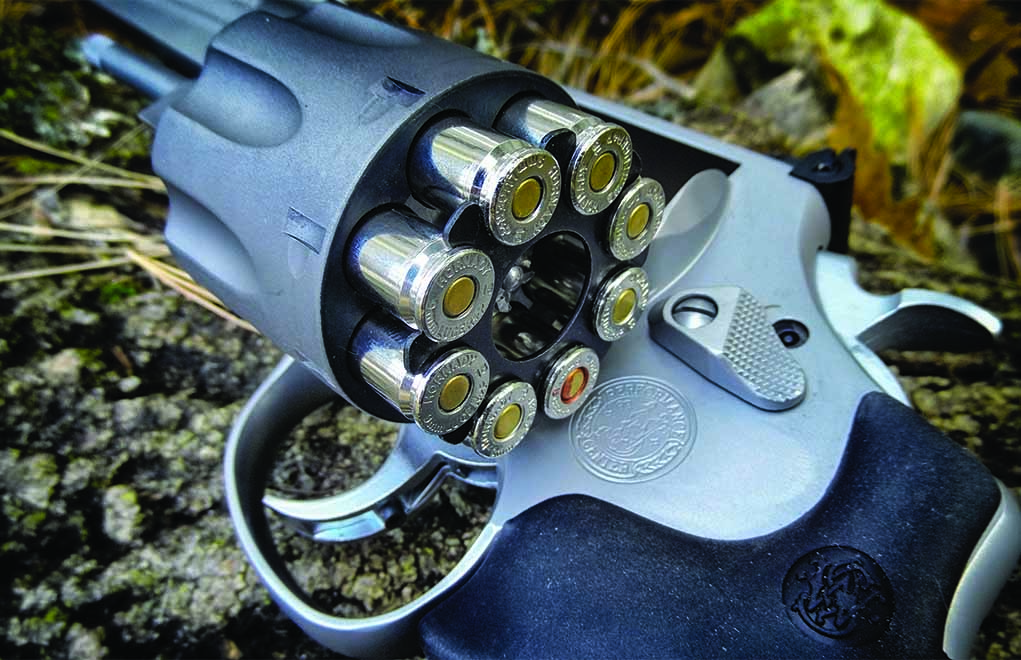
Leave a Reply